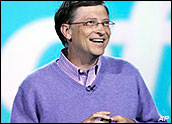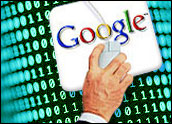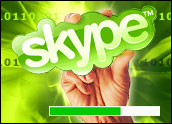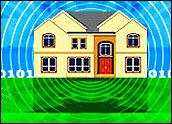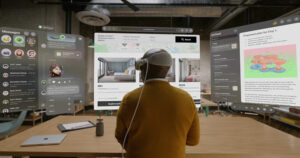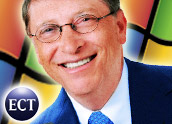
Windows Vista is selling faster than any of its predecessors and exceeding Microsoft’s own expectations, Chairman Bill Gates said as he kicked off the annual Windows Hardware Engineering Conference (WinHEC) in Los Angeles on Tuesday.
One hundred days after Vista launched in January, the latest version of Windows had sold 40 million copies, twice as many as Windows XP sold in the same time frame, Gates said.
“We’ve really been amazed at the customer launch,” Gates noted, adding that demand has so far been “beyond expectations,” with more than three-fourths of all license sales for more costly premium versions of Vista.
Vista Adoption
Gates, who has over the past two years taken on a more low profile role at the company synonymous with his name — handing over the chief software architect title to Ray Ozzie and spending more time on his philanthropic foundation — credited Microsoft’s partners with helping to drive Vista adoption.
“A wave of great new hardware products from our partners has played a major role in the strong demand,” he said. Partners will also help build Microsoft products into more devices than PCs, he added.
Nevertheless, questions remain about how rapidly businesses are adopting Vista or moving to change over, though some may be awaiting additional product launches to make the move.
The speech was closely watched, not only for insight into Vista sales — which Microsoft said helped it post strong quarterly results earlier this month — but also because it is expected to be Gates’ last speech at the annual convention, now marking its 16th year.
What’s Next?
Also during his speech, Gates said the new server version of Windows — which has long been known by its code name, “Longhorn” — will be called “Windows Server 2008.”
Gates cited research showing that the two new Windows-related launches will raise up the entire hardware, software and services industry built around Microsoft’s products.
For every dollar Microsoft generates in revenue from Vista products, another $18 goes to other companies offering compatible software and related services, according to an IDC study Microsoft commissioned. Overall, the two new launches will generate $120 billion in revenue for Microsoft partners and others dealing in Windows-friendly technology, and “Windows-related employment” will increase 20 percent in 2008 as a result of the launches, the study predicts.
Entertainment Push
Gates also focused on the rise of networked homes and the opportunities created to tie together more than computers. Four million homes in the U.S. alone have more than one PC networked together, Gates said, a development he credited in part to the “Windows Rally” technology meant to make it easier to get computers to work together.
Those networked PCs will be the beachhead of Microsoft’s efforts to become more of a player in the home entertainment space. Microsoft is encouraging development of a technology known as “Pica,” which will make it easier to loop high definition TVs and other electronics into wireless networks.
Microsoft has begun to sell Windows Home Server technology to original equipment manufacturers, enabling them to build the software into more gadgets, Gates explained.
HP, Gateway, LaCie and Medion are among the hardware makers that plan to build products for the home compatible with the Home Server, according to Microsoft.
Future Perfect?
Nevertheless, it remains to be seen how well traditionally PC-focused companies can claim a stake on the living rooms of the future. Like Microsoft, Apple is trying to gain a foothold there, using its strong reputation for device design to launch the Apple TV device earlier this year.
However, many technological hurdles remain, most notably in getting enough network-ready TV sets into the marketplace to make it feasible to manage content from a PC or related device.
“It’s going to be a long, slow progression to get to the point where everything is connected and networked,” Marc Resnick, director of the Institute for Technology Innovation at Florida International University, told the E-Commerce Times. “The idea of a single device operating everything is a long-range vision, but companies that want to be in the position to play a role in that future have to be out in front, getting the early adopters to come aboard.”
Building a foothold in the home would be a major boost for Microsoft by offering diversity to home business and home PC users. Investors have already driven Microsoft stock to yearly highs in recent weeks, as they are impressed with its most recent quarter and are optimistic that it can produce a pipeline of consistently successful products in the foreseeable future.
Relying on Gates
Still, there is likely some underlying unease about the impending movement of Gates away from day-to-day operations as Microsoft faces its most formidable competitive challenges in its history, from both open source software — some of which Microsoft claimed Tuesday violates more than 200 of its patents — and from Google, which hopes to convince more users to adopt Web-based alternatives to traditional software applications.
Microsoft announced last summer that Gates would begin a two-year process of handing over the reins, though he will retain his seat on the board and remain actively involved with long-range strategy. That transition is due to be complete in July 2008.
Microsoft is beginning to connect many of the logical dots between its products, rounding out a menu of offerings with things such as the so-called workplace wireless phones that debuted this week to work with its enterprise communications servers, Yankee Group analyst Laura DiDio said.
“Customers expect more technology tools that work together,” she noted. “Microsoft has realized how important its partners are in building that larger ecosystem of products and services.”




